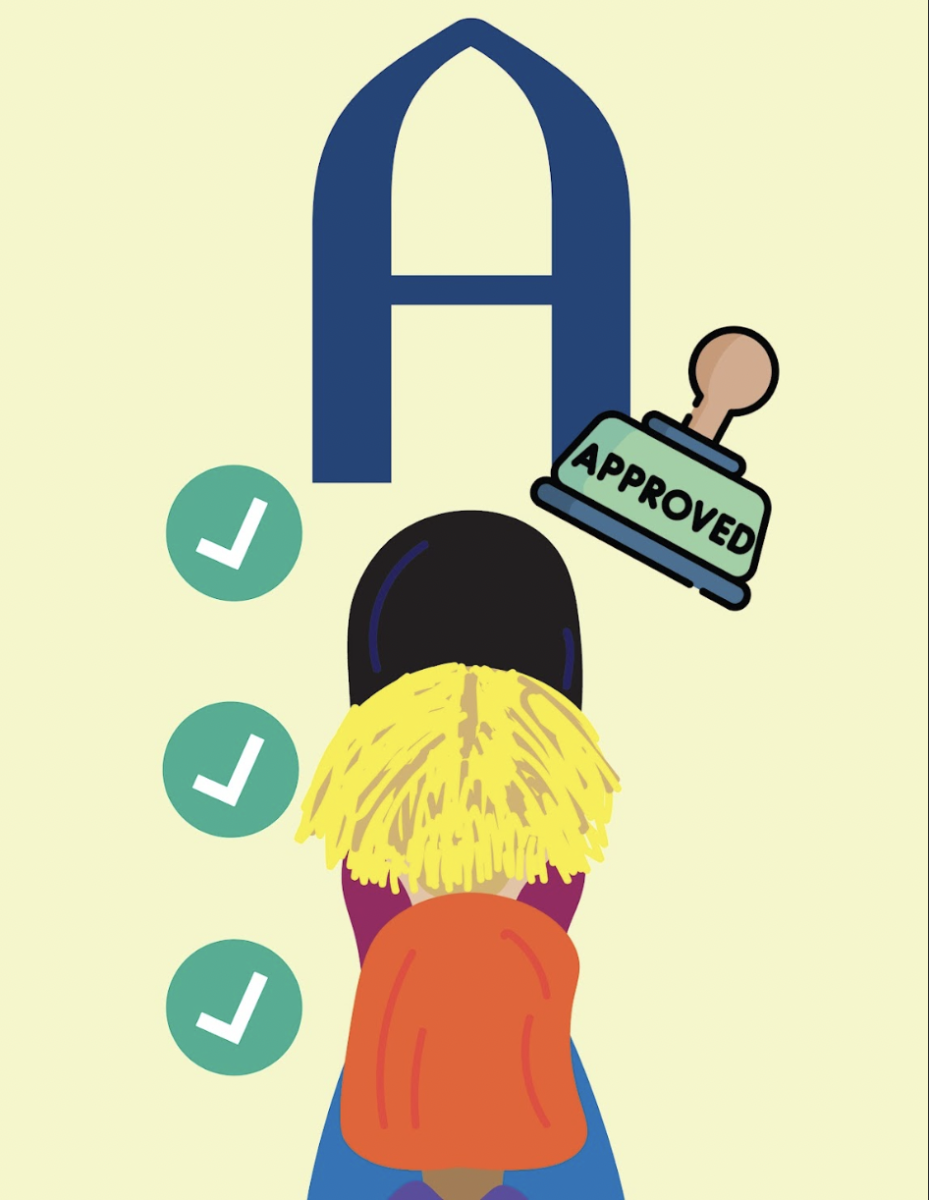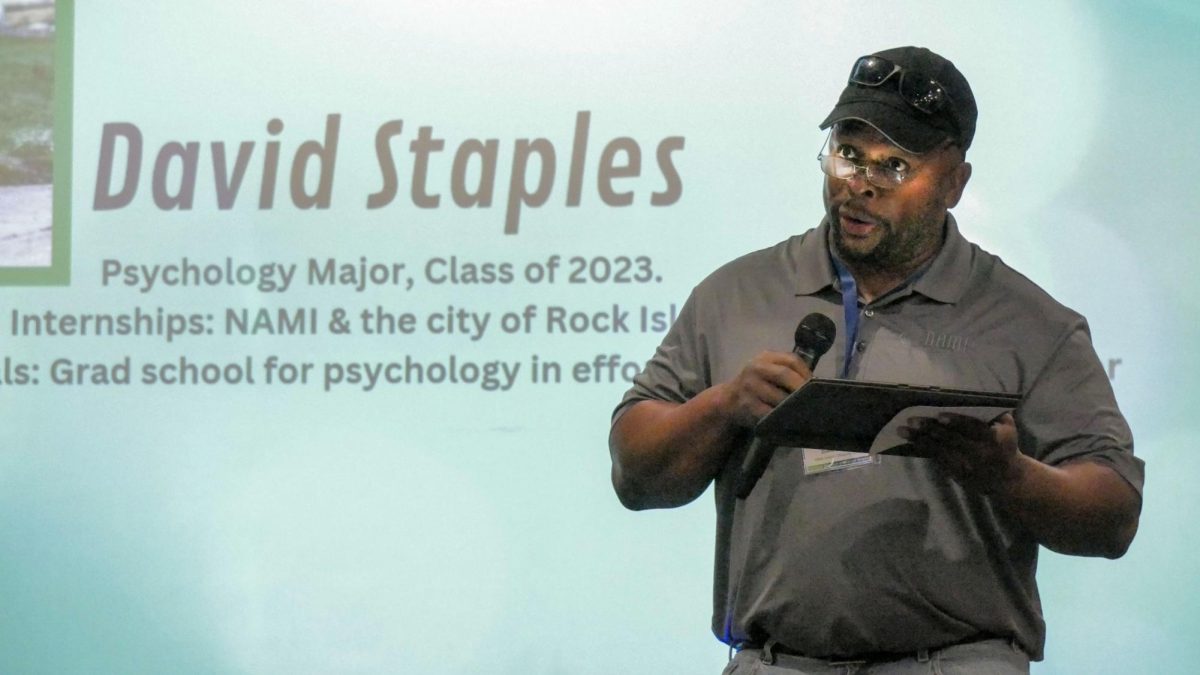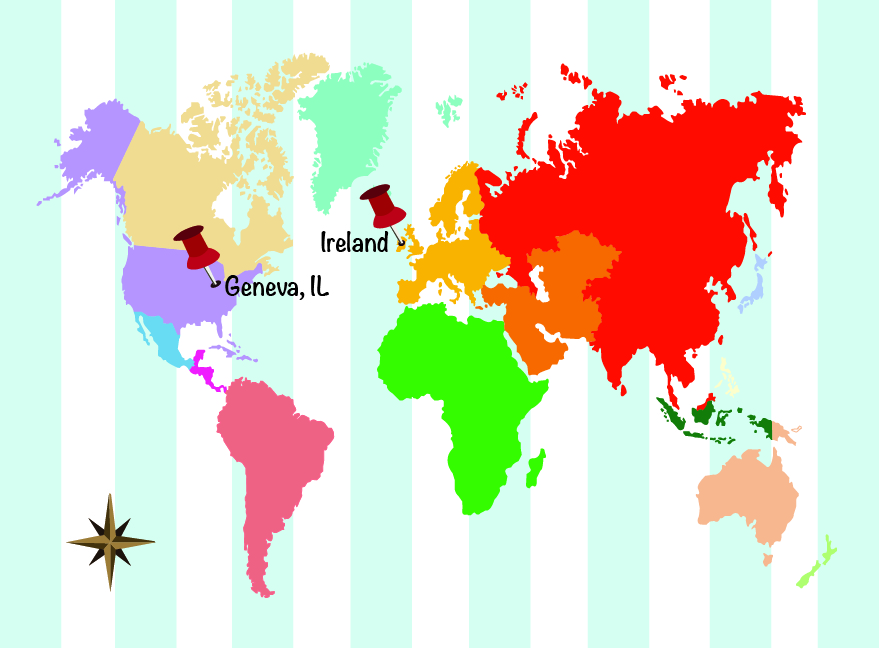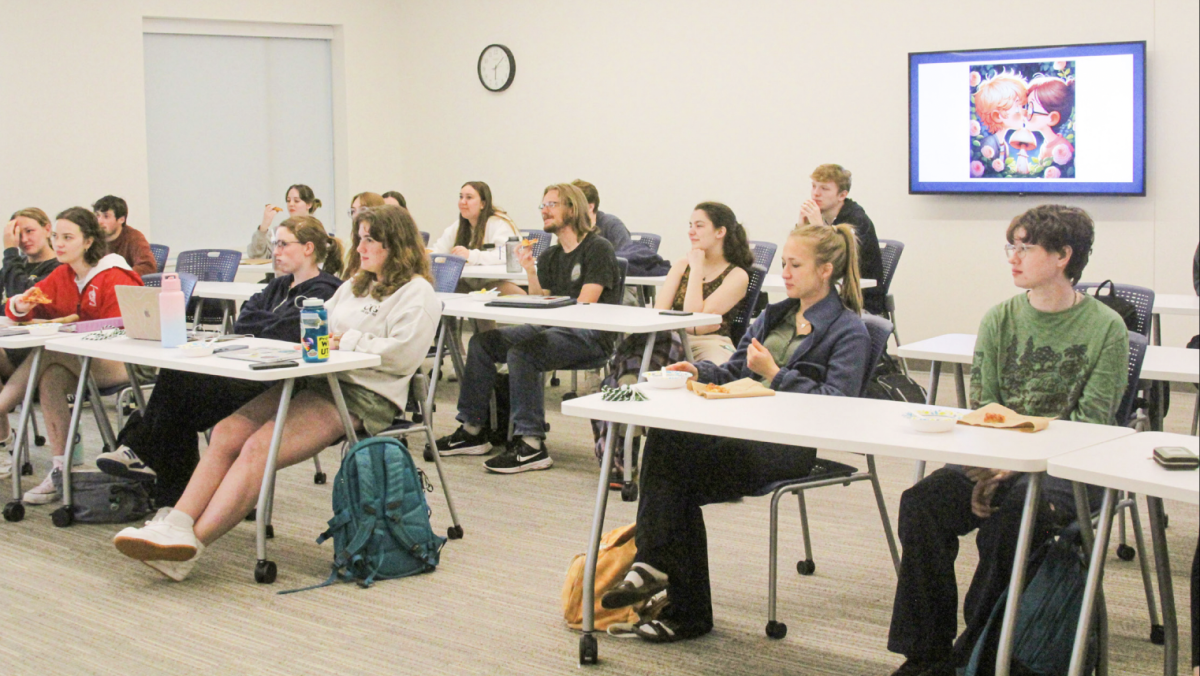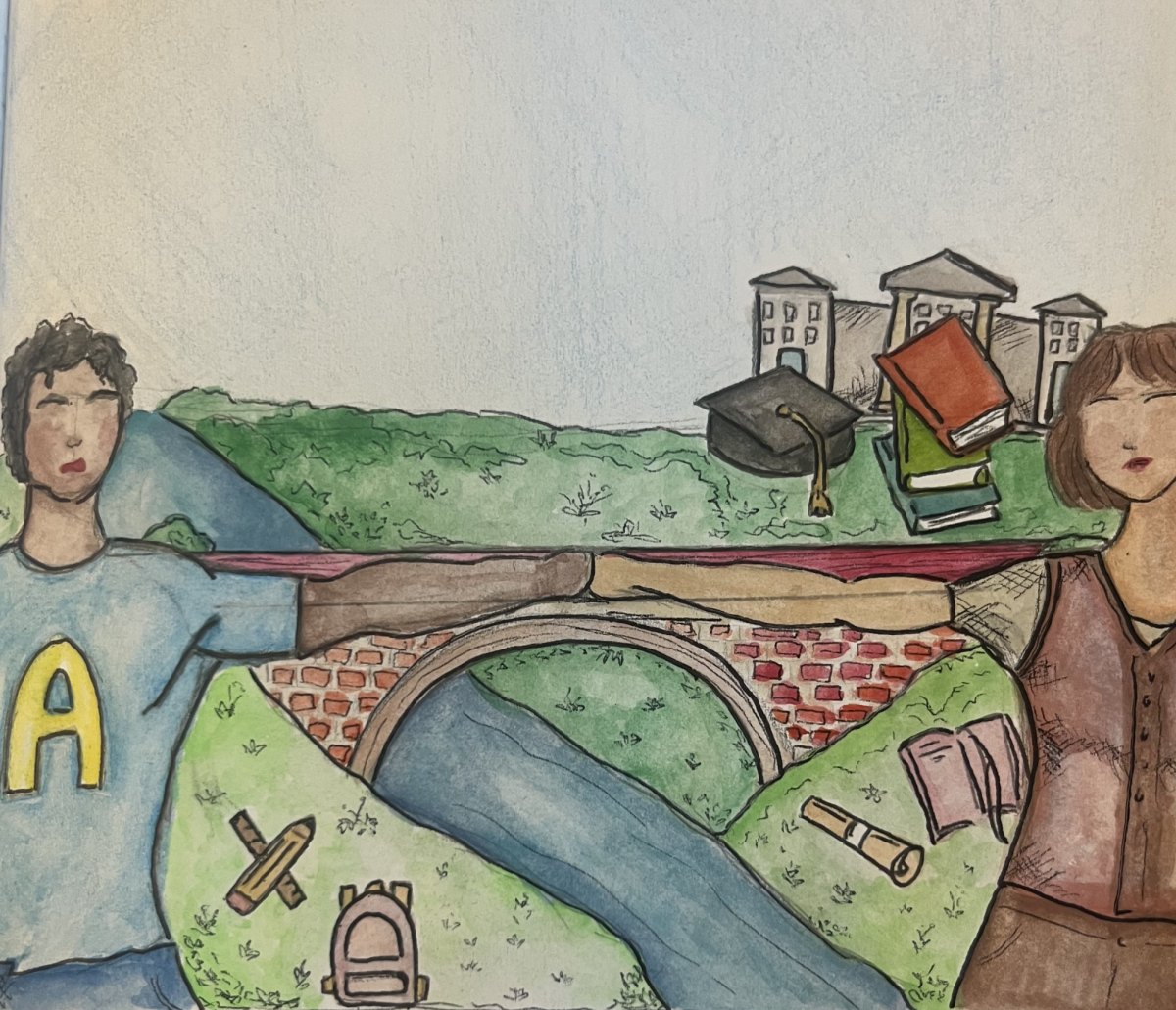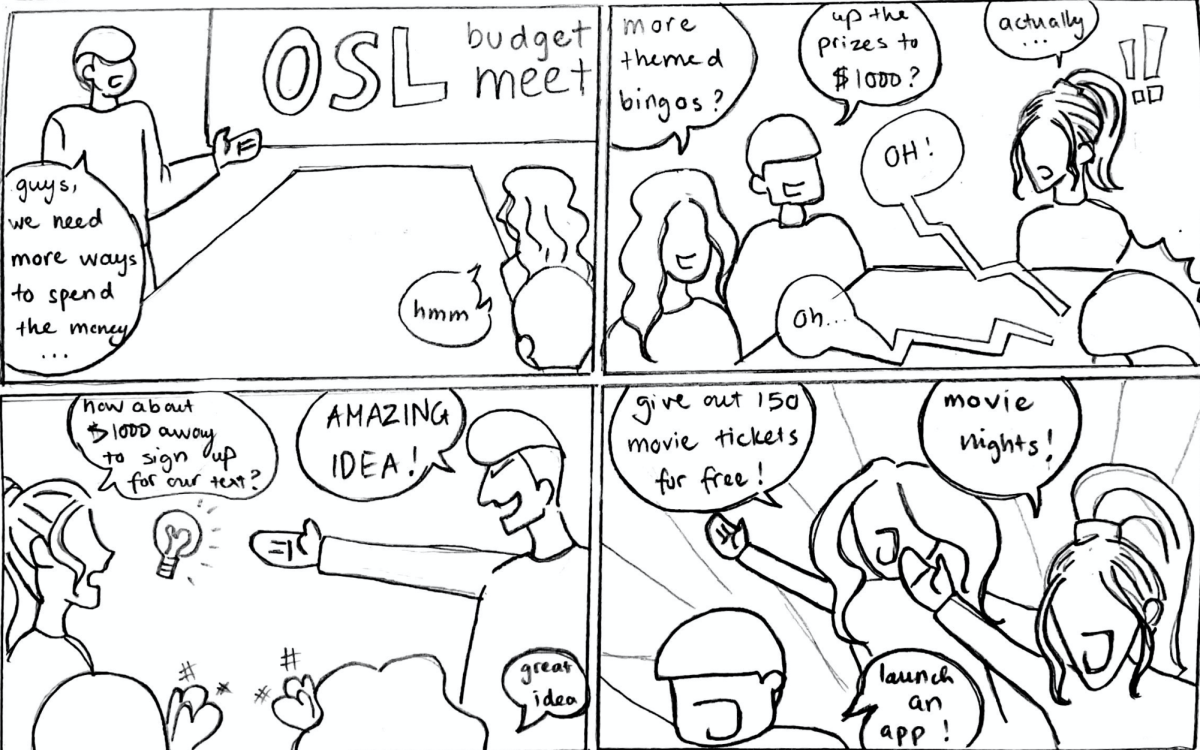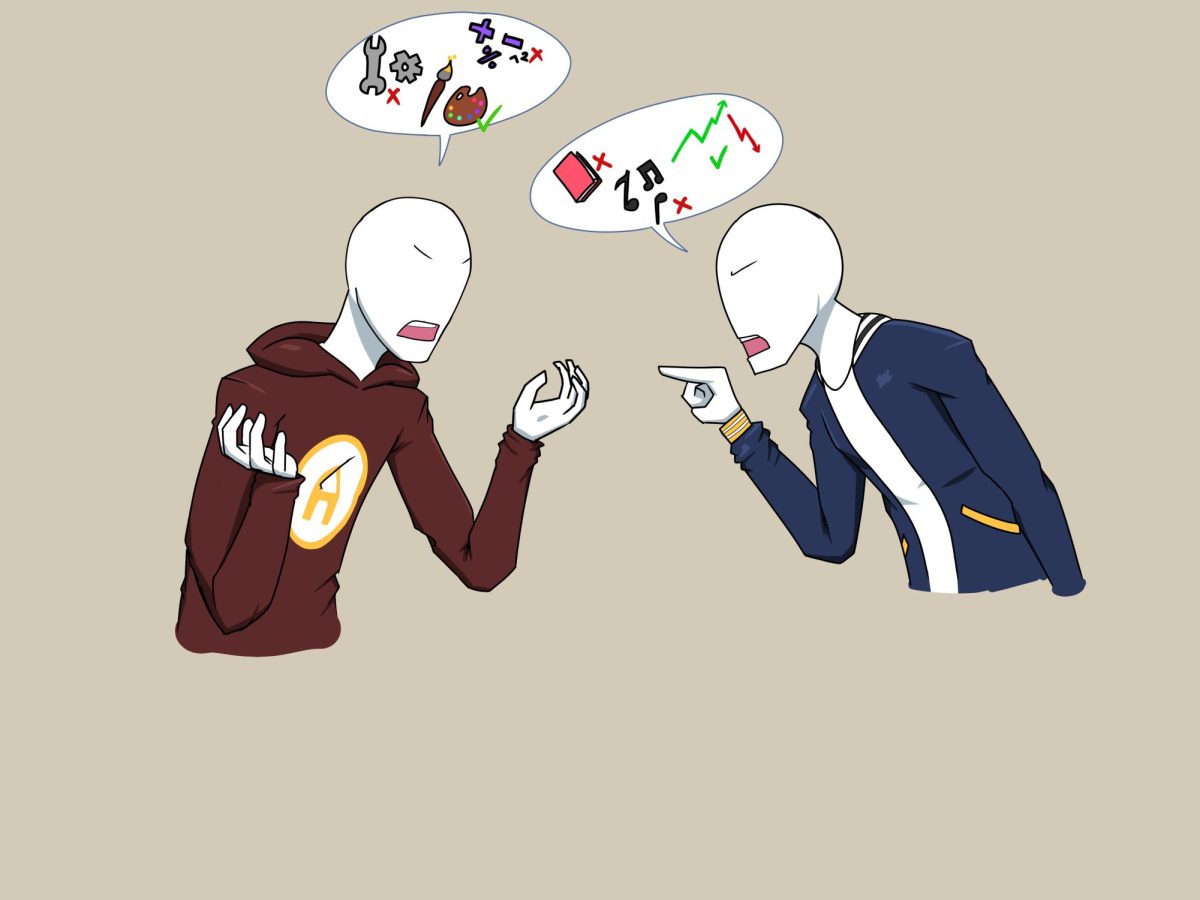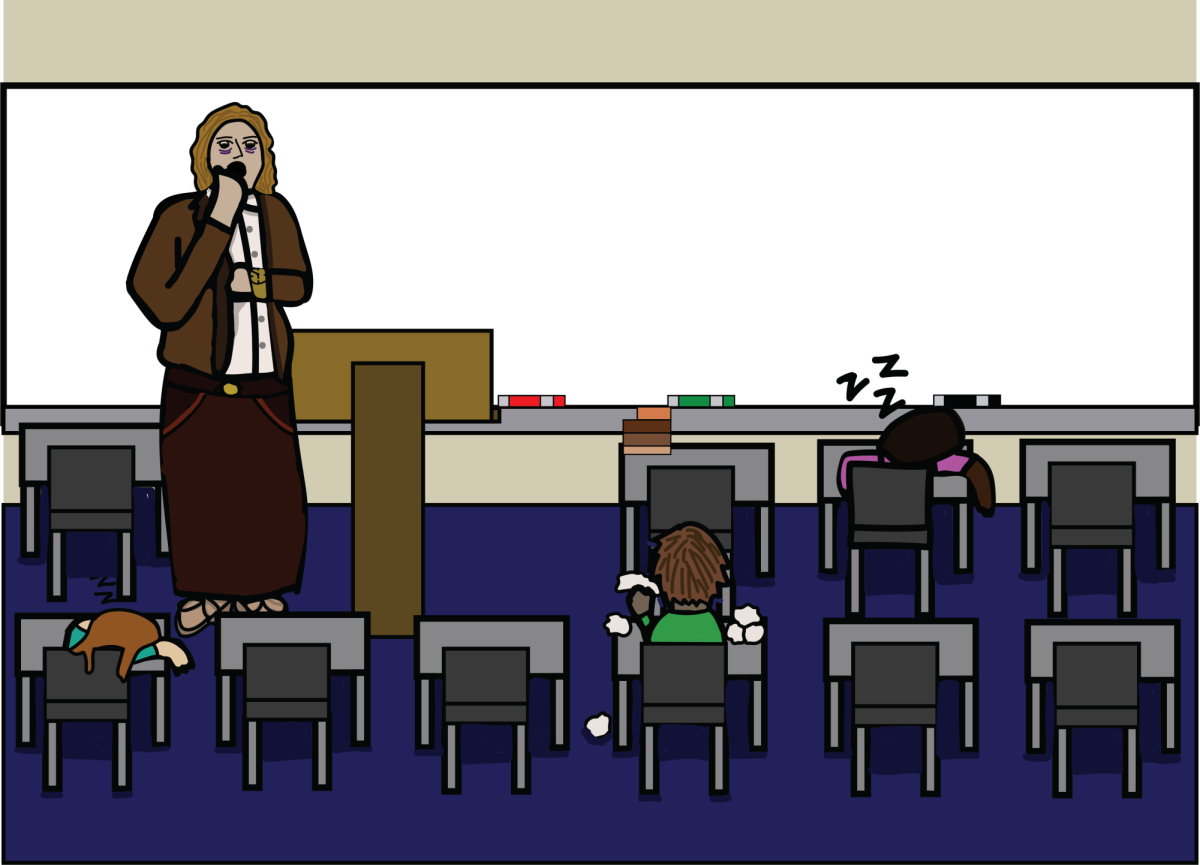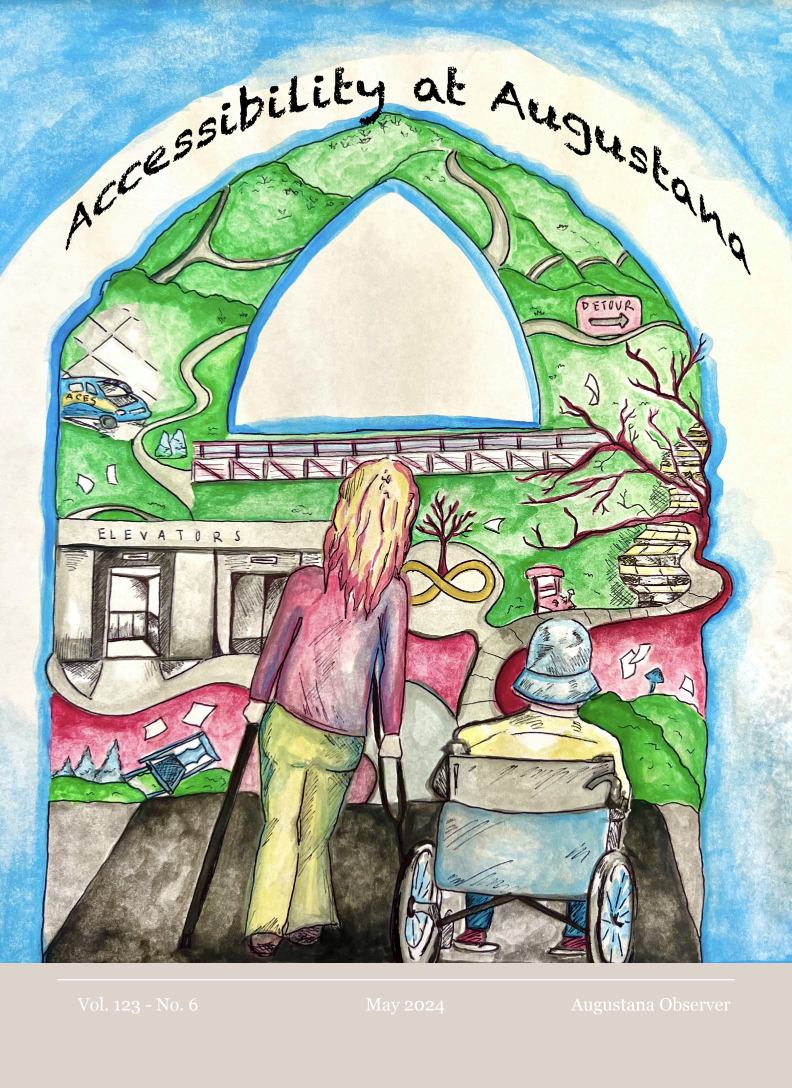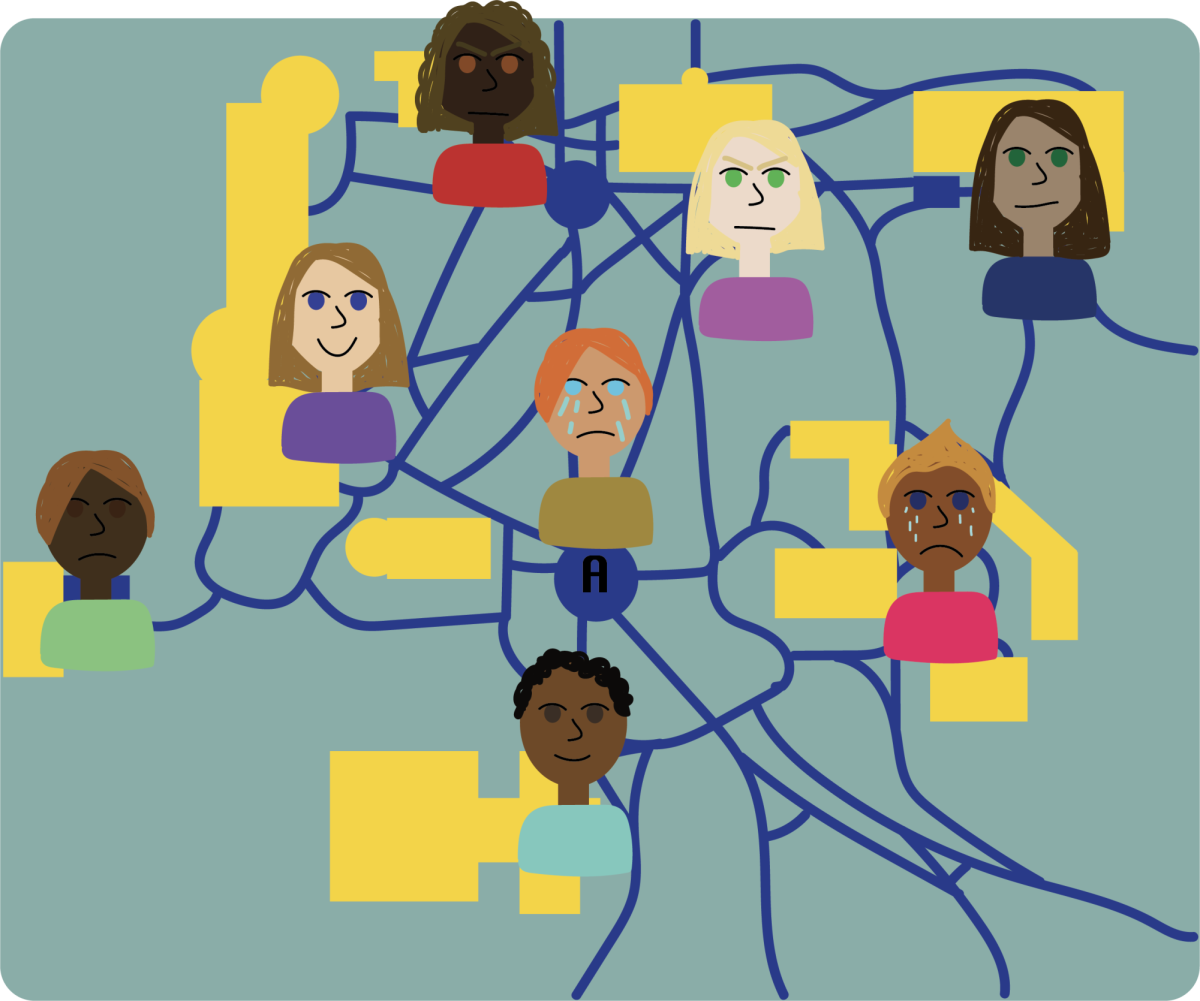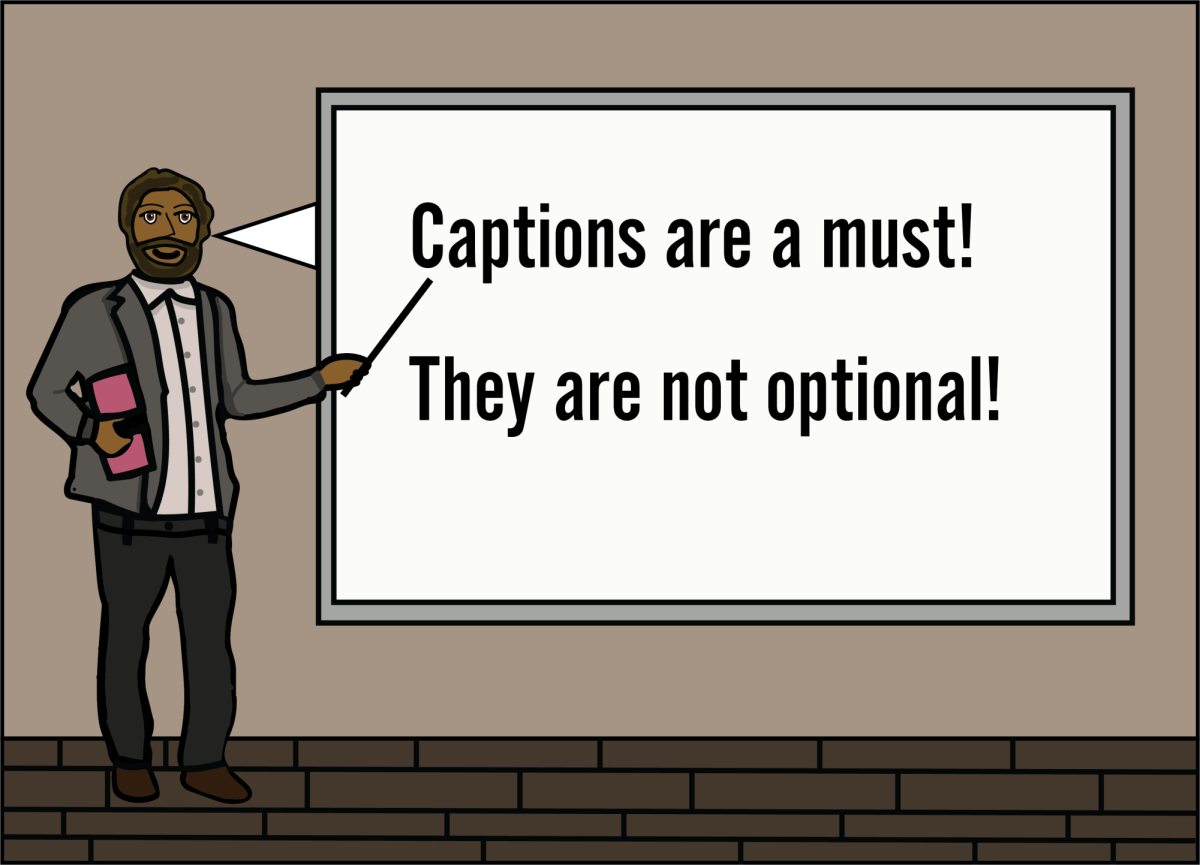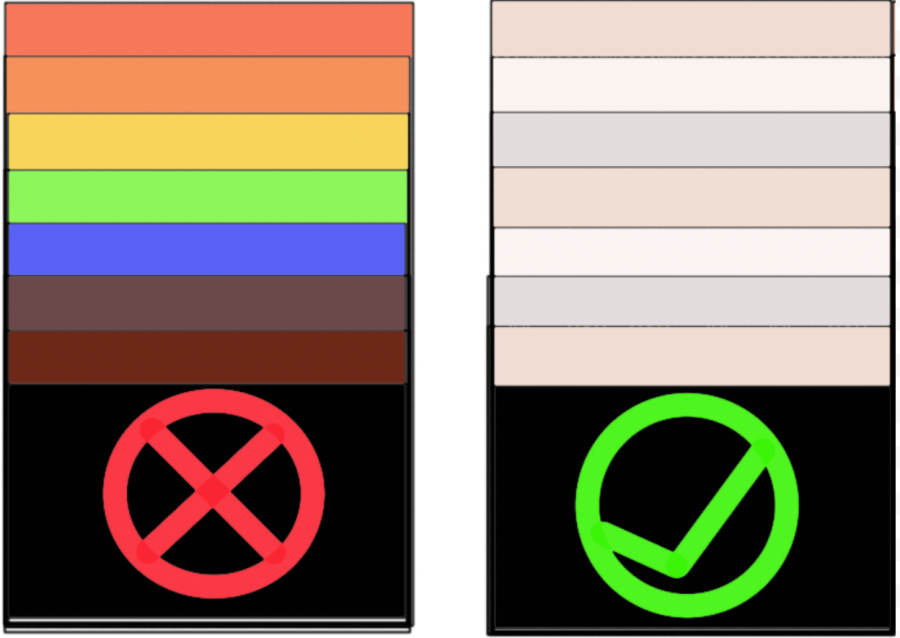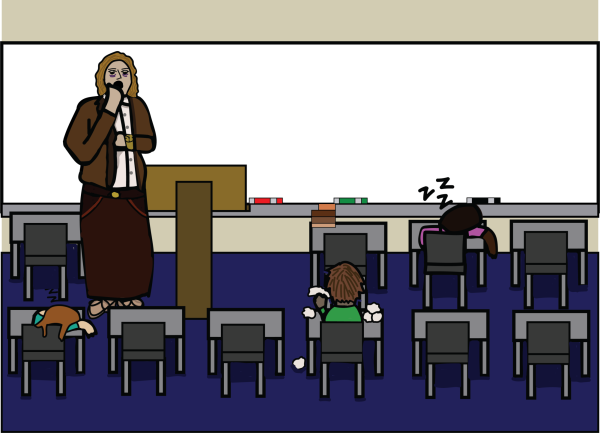Discrimination remains present in hiring
May 13, 2022
Opinions Column.
When people apply for a job, they hope to at least get an interview. They send in their resume and anxiously await a phone call or an email telling them if they are moving onto the next step in the hiring process. No one ever wants to be told that they are not a good fit for the job, especially if it is because of something they cannot change.
Discrimination in hiring is a common practice in the United States, even after many years of fighting for equality. People are discriminated against for their race, skin color, sexuality, age and gender on a daily basis despite laws in multiple areas that make these actions illegal such as the Civil Rights Act of 1964.
With the rise of social media in recent years, discrimination in the workplace, especially during the hiring process, has become increasingly more common. It is incredibly easy for a potential employer to ask for an interviewee’s Instagram, Facebook or Twitter and decide not to hire them based on what they see, especially in equal-opportunity employment states.
Daisy Moran, the Office of Student Inclusion and Diversity’s (OSID) LGBT+ coordinator, believes that Augie takes a few necessary steps to prevent hiring discrimination. “Augie does not ask for social media handles or LinkedIn,” she said. “That way they prevent seeing your photo before your interview.”
While Augie makes active decisions to avoid hiring discrimination in some aspects, implicit bias can play into many cases of discrimination.
For example, a young person looking to get a job in a position of power is more likely to face discrimination than a middle-aged person due to the common implicit bias that young people are somehow less capable of successfully doing a job. Additionally, much older employees face discrimination due to decreased mobility and a higher likelihood of medical issues affecting employment.
The same is generally true of people who are not middle-aged, cisgender, heterosexual, white or men.
According to the Equal Employment Opportunity Committee (EEOC), “60 percent of employed Americans have experienced or witnessed discrimination on the grounds of age, race, gender or LGBT identity.”
This staggering statistic is unfortunately not even close to the highest rate of discrimination in the world.
According to a study published by the Northwestern Institute for Policy Research, in 2019, France had the highest rate of race-based hiring discrimination with 83 percent more white people receiving interview callbacks than those who were not white.
Sweden came in a close second, with 65 percent more white people receiving callbacks than those who were not white.
Surprisingly, the United States had one of the lowest rates of overt race-based hiring discrimination, with 33 percent more white people receiving callbacks than those who were not white.
Germany had the lowest with 24 percent.
Given these statistics, it is clear that we as a whole world need to take action to further eliminate hiring discrimination based on race. Even just in the United States, more steps need to be taken to bring that 33 percent down to 0 percent.
Race-based discrimination is not the only type of hiring discrimination that people around the world face, although it is one of the most common.
Discrimination based on gender identity and sexuality is commonplace in many areas, despite multiple laws forbidding this type of discrimination.
According to Freedom for All Americans, 27 states in the United States do not have any laws that protect people in the LGBT community from discrimination of any kind, including in the workplace.
While this is still an incredibly large number, countries outside of the United States are even less accepting.
While hiring discrimination in the United States is still a problem for many people in marginalized communities, it is a much smaller problem than marginalized communities in other countries face.
When people hear about an instance of discrimination, especially in the workplace, it is common to look the other way. Oftentimes this may be for fear of losing their job if they speak out.
However, in order for hiring discrimination to decrease both in the United States and globally, people need to speak up about things they see. Without a strong aversion to the discrimination practices that exist today, nothing will change for the better.
When you see something that doesn’t seem right, speak up.
When enough people speak up about an issue, the issue is more likely to be taken seriously by people in positions of power.
Hiring discrimination is a real and prevalent problem around the world, and it cannot be improved without the voices of the people who care. Augustana’s efforts to reduce discrimination in their hiring process is a step in the right direction.
